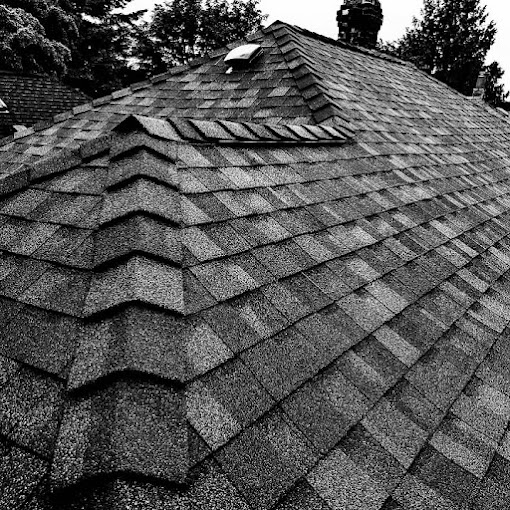Is your shingle roofing secretly working against you?
Homeowners across Canada—especially those with asphalt shingle roofs—are discovering that overheating isn’t just a summer inconvenience. It’s a major threat to roof durability and long-term property value. While shingle roofing is one of the most common and affordable options for residential homes, its performance can suffer dramatically when exposed to excessive heat, particularly on sloped roofing systems that catch more direct sunlight.
In this blog, we’ll explore how overheating shortens roof lifespan and what you can do to protect your home.
What Causes Overheating in Shingle Roofing?
Shingle roofing overheats when it’s exposed to prolonged sunlight without proper ventilation or thermal balance. This is especially true for darker-colored asphalt shingle roofs, which absorb more UV rays. Pair that with poor attic ventilation and inadequate insulation, and you’ve got a recipe for premature roof failure.
According to the Canadian Mortgage and Housing Corporation (CMHC), poor attic ventilation can lead to heat and moisture buildup, which damages roof materials from the inside out—not just the surface.
Even in coastal or mountainous regions where cloud cover is common, shingle roofing can retain heat due to improper attic air circulation. Over time, this leads to trapped moisture, condensation buildup, and microbial growth under the surface—accelerating structural decline.
7 Alarming Effects of Shingle Overheating
Let’s break down how heat slowly tears down your shingle roofing, one layer at a time—and why ignoring it can lead to serious and costly consequences.
1. Cracking and Curling of Shingles
Excessive heat causes the shingles to dry out, warp, and eventually crack or curl. This weakens their ability to shield your home from water damage and makes them more susceptible to wind uplift during storms.
2. Loss of Protective Granules
Those small granules on asphalt shingle roofs aren’t just cosmetic—they protect against UV rays. When shingles overheat, the granules wear off faster, exposing the underlying materials to further damage and making your roof more vulnerable to weathering.
3. Shortened Lifespan of the Roof Deck
Heat doesn’t just sit on the surface. It radiates down to the roof deck, degrading the wood or plywood underneath your shingle roofing system. Over time, this can compromise the structural integrity of your entire roof.
4. Increased Risk of Leaks
Cracked or curled shingles create gaps that water can easily seep through. Over time, this leads to water stains, rot, and mold—especially in hidden areas of the attic that go unnoticed until the damage is severe.
5. Higher Cooling Costs
If your sloped roofing traps heat in the attic, your HVAC system has to work double-time. This not only increases energy bills but also shortens the lifespan of your heating and cooling units, adding to your long-term maintenance costs.
6. Reduced Warranty Coverage
Roofing warranties often require proper installation and ventilation. Overheating caused by poor airflow can void warranties—even if the materials are top-notch, leaving you to cover full repair or replacement costs on your own.
7. More Frequent Repairs or Replacements
Increased wear and tear means more calls to all you found searching for ‘shingle roofers near me’ for patch jobs or full replacements, driving up your long-term costs. A roof that might have lasted 20–25 years could need replacing in just 12–15 if overheating is left unaddressed.
How Homeowners Can Prevent Shingle Overheating
The good news? You can extend the life of your shingle roofing by making a few smart adjustments:
- Improve attic ventilation: Install ridge vents, soffit vents, or solar attic fans to enhance airflow.
- Choose lighter-colored shingles: These reflect sunlight better than dark tones.
- Use ENERGY STAR® certified shingles: These products meet cool roof standards and help reduce heat absorption. You can explore more about certified roofing materials through ENERGY STAR Canada.
- Book regular inspections: “Having the best from your ‘shingle roofers near me’ search inspect your roof annually ensures that early signs of overheating are addressed before they worsen.
For those investing in new shingle roofing, choosing a high-performance, heat-resistant material makes a big difference. Many newer products are designed to handle elevated temperatures without losing structural integrity.
Additionally, some homeowners are now upgrading their shingle roofing systems with underlayment designed to reflect radiant heat—adding another layer of protection against thermal damage.
When to Replace vs Repair Overheated Shingles
It’s tempting to keep repairing minor issues, but sometimes a replacement is the smarter investment. If over 25% of your asphalt shingle roof shows signs of curling, cracking, or missing granules, it may be time to replace. Repairs are ideal for isolated damage, but full replacement provides peace of mind for years to come.
The longer you postpone replacing failing shingle roofing, the higher the risk of water damage, insulation failure, and mold growth. And those issues often cost far more than a new roof.
Not sure what to do? A trusted local expert can help you decide—search for ‘experienced shingle roofers near me’ and ask for a thorough roof inspection. Some roofing companies even use drones or thermal imaging to detect heat pockets and hidden damage.
Final Thoughts: Protecting Your Shingle Roofing Investment
Overheating may be an invisible enemy, but its impact is anything but subtle. From raised cooling costs to early replacements, it quietly chips away at your home’s safety and value.
The key? Stay proactive. Keep your shingle roofing well-ventilated, clean, and regularly inspected. And when in doubt, seek help from reliable shingle roofers near you who understand the unique challenges of your region’s climate.
If you’ve noticed higher energy bills, peeling shingles, or signs of water damage, your shingle roofing might already be suffering from heat-related issues. Don’t wait until the damage is widespread—schedule an inspection today and make your roof last longer.
To learn more about other potential issues you should watch for, check out 7 Common Problems with Shingle Roofing (and How to Fix Them). Understanding these risks can help you extend the life of your roof and avoid expensive surprises down the road.
Is your roof running hotter than it should? Don’t wait for the signs—act now. Share this blog with your neighbors and take the first step in extending the life of your roof today.

